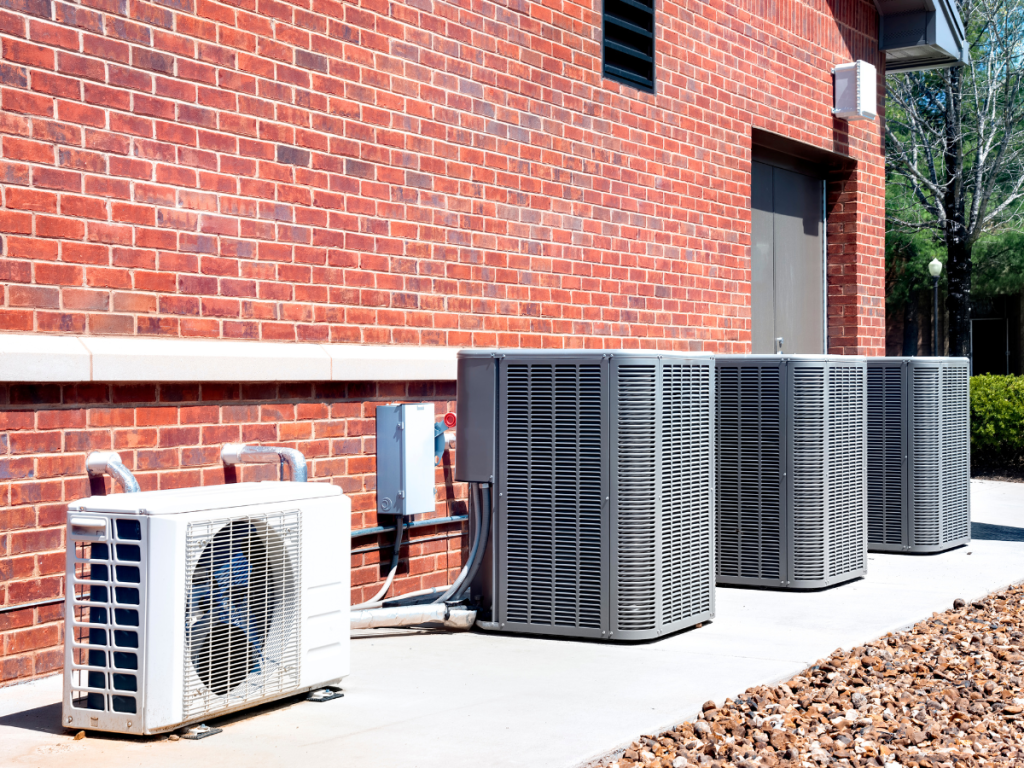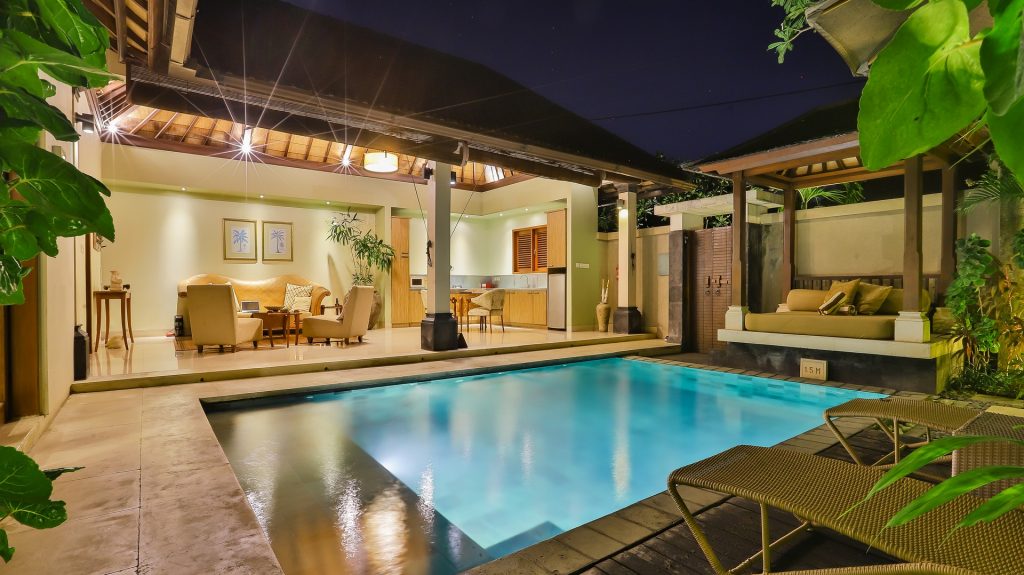In 2025, furnace replacement remains one of the most significant investments for homeowners.
Whether your existing furnace is making noise or showing signs of wear, or you’re considering upgrading to a more energy-efficient model, understanding the average cost of a new furnace is crucial for making an informed decision.
In this article, we’ll break down everything you need to know about furnace replacement costs, including the factors that affect the cost, the different types of furnaces, and why professional installation matters.
What Affects the Average Cost of a New Furnace?
Furnace installation costs are influenced by several key factors. Each element impacts the final price, from the type of furnace to your home’s specific needs. If your current system is still functional, it may be worth considering heating repair to extend its lifespan.
However, when it’s time to replace your furnace, understanding the various factors that influence the cost will help you make a well-informed decision.
Here are the main factors that affect the cost of a new furnace:
1. Type of Furnace: Gas, Electric, Oil, or Propane?
The type of furnace you choose is one of the most significant factors affecting its cost. Gas furnaces are the most common and typically offer a good balance between efficiency and cost. Electric furnaces may have a lower initial cost but could result in higher operating expenses. Oil and propane furnaces may be required in areas without access to natural gas lines, and their fees can vary.
2. Furnace Size
The size of your furnace impacts both the upfront cost and long-term efficiency. A larger unit will cost more initially due to the materials and installation labor required. However, a furnace that’s the correct size for your home can save you money over time by heating more efficiently.
To ensure you select the right size, an HVAC professional will perform a Manual J load calculation, which takes several factors into account, like your home’s square footage, insulation, and window placement.
3. Efficiency Ratings and Features
Furnaces come in different efficiency ratings, commonly known as AFUE (Annual Fuel Utilization Efficiency). A higher AFUE means the furnace uses energy more efficiently, potentially reducing your utility bills over time. High-efficiency models will cost more upfront but can save you money in the long run.
Additional costs for advanced features such as smart thermostats or variable-speed blowers may be worth considering based on your long-term goals.
4. Installation Complexity and Labor Costs
Beyond the furnace itself, installation is a significant portion of the total cost. Installation complexity varies based on the existing ductwork in your home, any necessary system upgrades, and local labor rates. For example, if the installation requires significant modifications, such as adding vents or upgrading electrical components, the cost will naturally rise.
How Much Does a New Furnace Cost in 2025?
The average cost to replace heating and air conditioning systems that homeowners expect to pay for a new furnace replacement in 2025 is anywhere from $2,500 to $7,500, depending on the factors mentioned earlier. Here’s a breakdown of what you can expect:
1. Gas Furnaces
Gas furnaces remain the most popular choice due to their reliability and cost-efficiency. The average cost of a new gas furnace typically ranges from $3,000 to $6,000, including installation. These systems are known for their efficiency and are suitable for most homes.
2. Electric Furnaces
Electric furnace units tend to be less expensive to install, with an average cost ranging from $2,000 to $4,000. However, it’s worth noting that electricity can be more expensive than gas in some areas, leading to higher long-term operating costs. They are a good option for smaller homes or areas where gas is not readily available.
3. Oil Furnaces
Oil furnaces are less common but still a viable option for homes without access to natural gas lines. These systems typically cost between $4,000 and $7,000. While oil prices can fluctuate, modern oil furnaces are efficient and provide consistent heating in rural or remote areas.
4. Propane Furnaces
Propane furnaces are much like gas furnaces, but they use propane as a source of fuel. The average cost of a new propane furnace typically ranges from $3,000 to $5,000. Propane furnaces are ideal for areas without natural gas lines and are a reliable option for heating homes. Like gas and oil, propane prices can vary, affecting long-term operational costs.
5. High-Efficiency Furnaces
High-efficiency furnaces, with an AFUE rating of 90% or higher, are ideal for homeowners looking to save on energy bills in the long run. While the initial price may range from $5,000 to $10,000, these furnaces pay off in energy savings over time.
How to Choose the Right Furnace for Your Home
Choosing the right furnace goes beyond just considering the price. You also need to think about the size of your home, your heating needs, and your long-term energy savings. Here’s what you should keep in mind:
1. Climate Considerations
In Arizona, where summers can be scorching and winters chilly, selecting a furnace with the appropriate capacity and efficiency rating is essential. If you live in a region with colder winters, investing in a high-efficiency or two-stage furnace could save you money over time.
2. Furnace Size and Capacity
The furnace you choose should be appropriately sized for your home. A furnace that’s too small will not heat your home effectively, while a unit that’s too large may waste energy. A professional HVAC technician in Scottsdale and surrounding areas can select the right furnace size for your space.
3. Energy Efficiency
With rising energy costs, many homeowners are looking for ways to reduce their monthly bills. High-efficiency furnaces, while more expensive upfront, can significantly reduce your energy consumption and lower your long-term heating costs.
Why You Should Hire a Professional to Install Your Furnace
While replacing a furnace may seem like a DIY project, installing a furnace is highly technical and should only be done by professionals. Here’s why:
- Code Compliance: HVAC professionals are familiar with local codes and will ensure your installation meets all regulations.
- Proper Sizing and Efficiency: A professional installer will ensure that your furnace is the right size for your home, maximizing its energy efficiency.
- Warranty Protection: DIY installations can void warranties, leaving you unprotected in case of malfunctions. Professional heating installation also ensures that your warranty remains valid, protecting your investment.
Investing in professional installation ensures that your furnace works properly from the start and lasts for years to come.
Make the Right Choice for Your Home and Budget
Replacing your furnace is a big decision, and understanding the average cost of a new furnace in 2025 is essential to making an informed choice. Consider factors like furnace type, efficiency, installation complexity, and long-term savings when selecting a new system for your home.
If you need help navigating your options, don’t hesitate to contact an HVAC professional in Phoenix to guide you through the process and ensure your new furnace meets your home’s heating needs.
[related_posts_by_tax posts_per_page="3" format="thumbnails" image_size="medium"]








